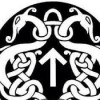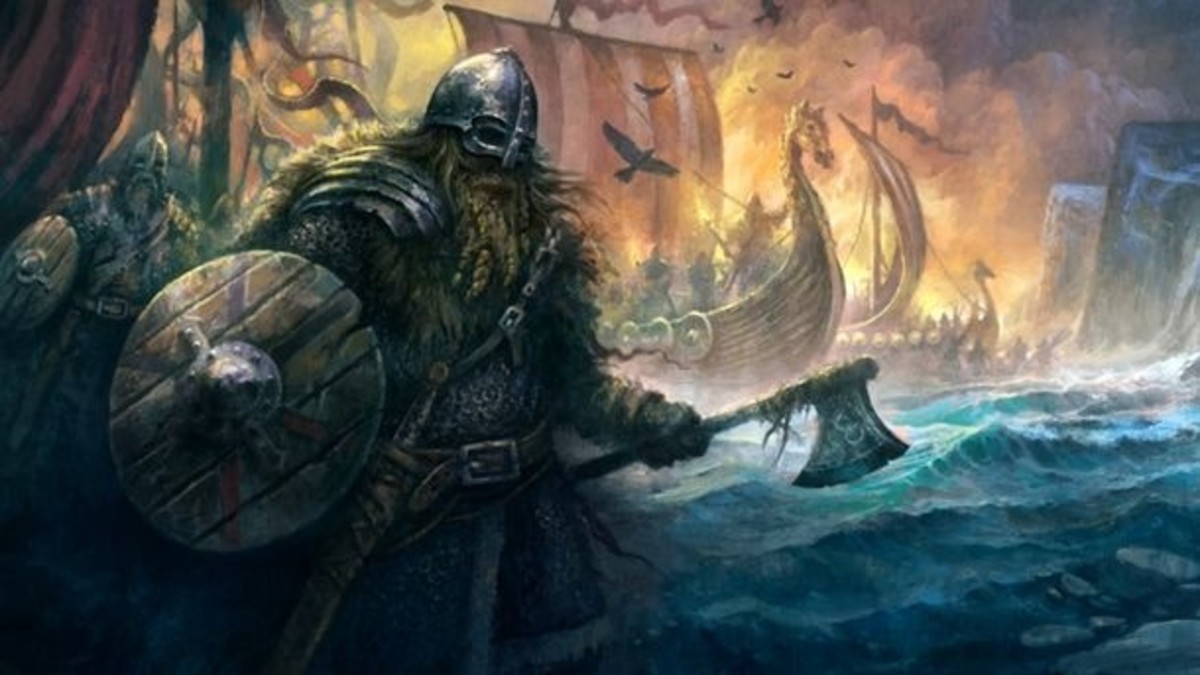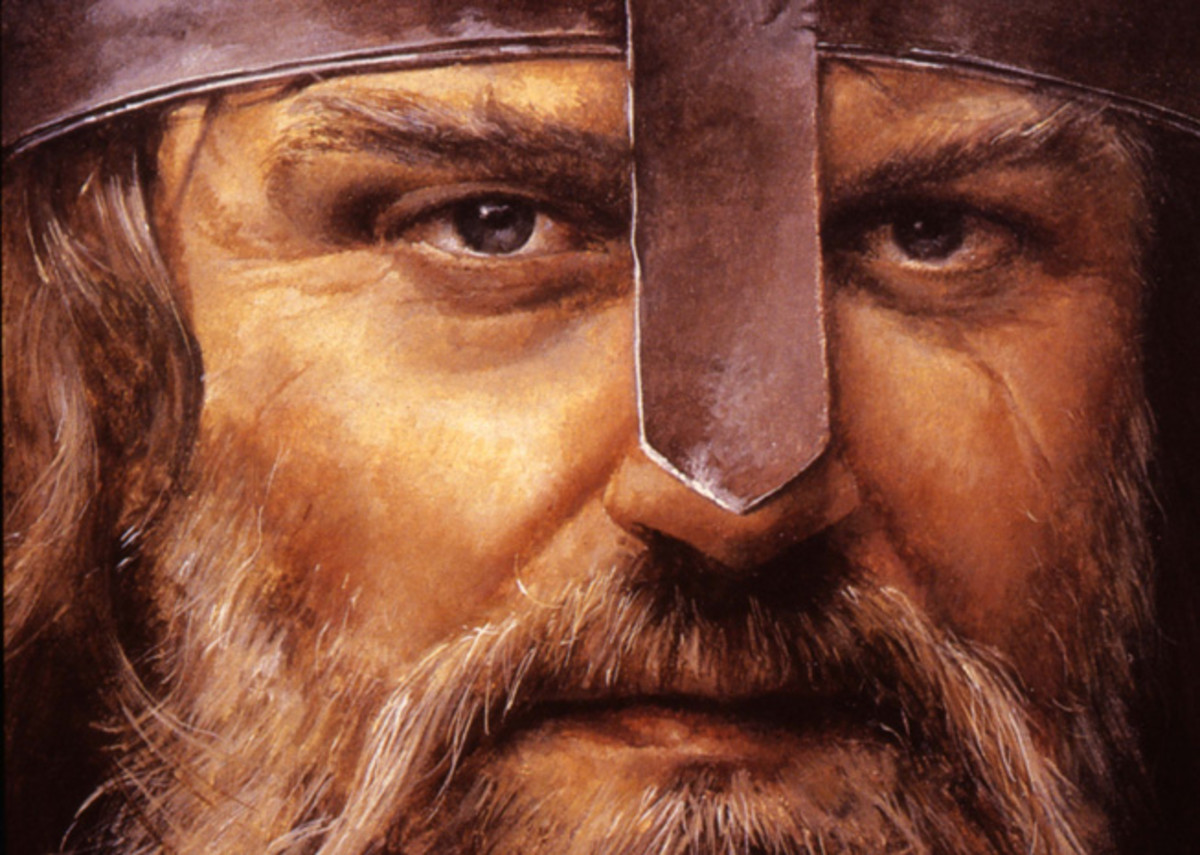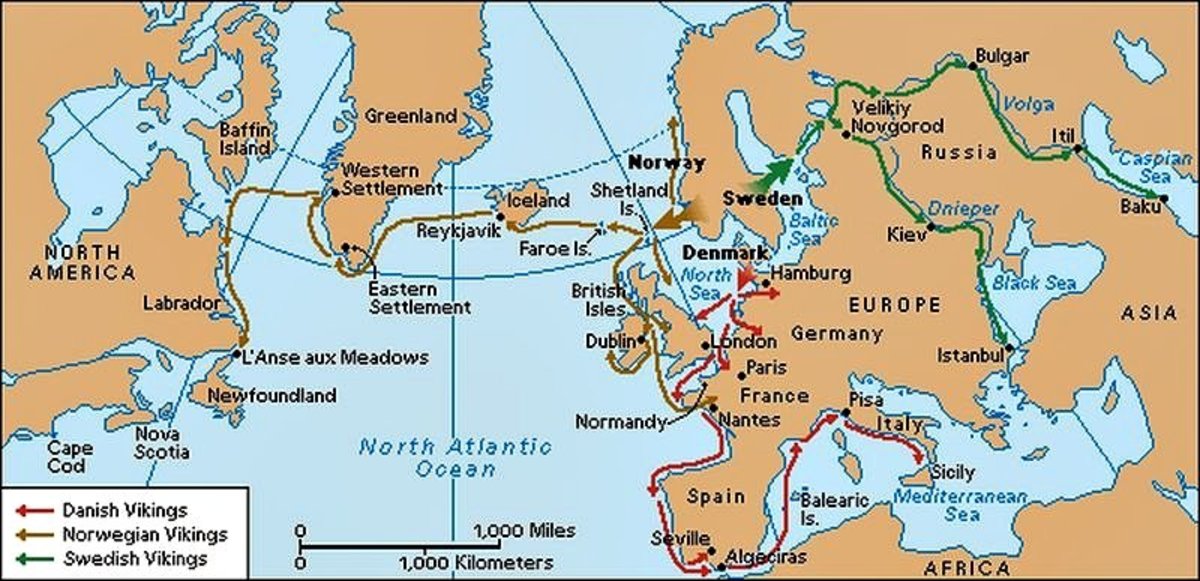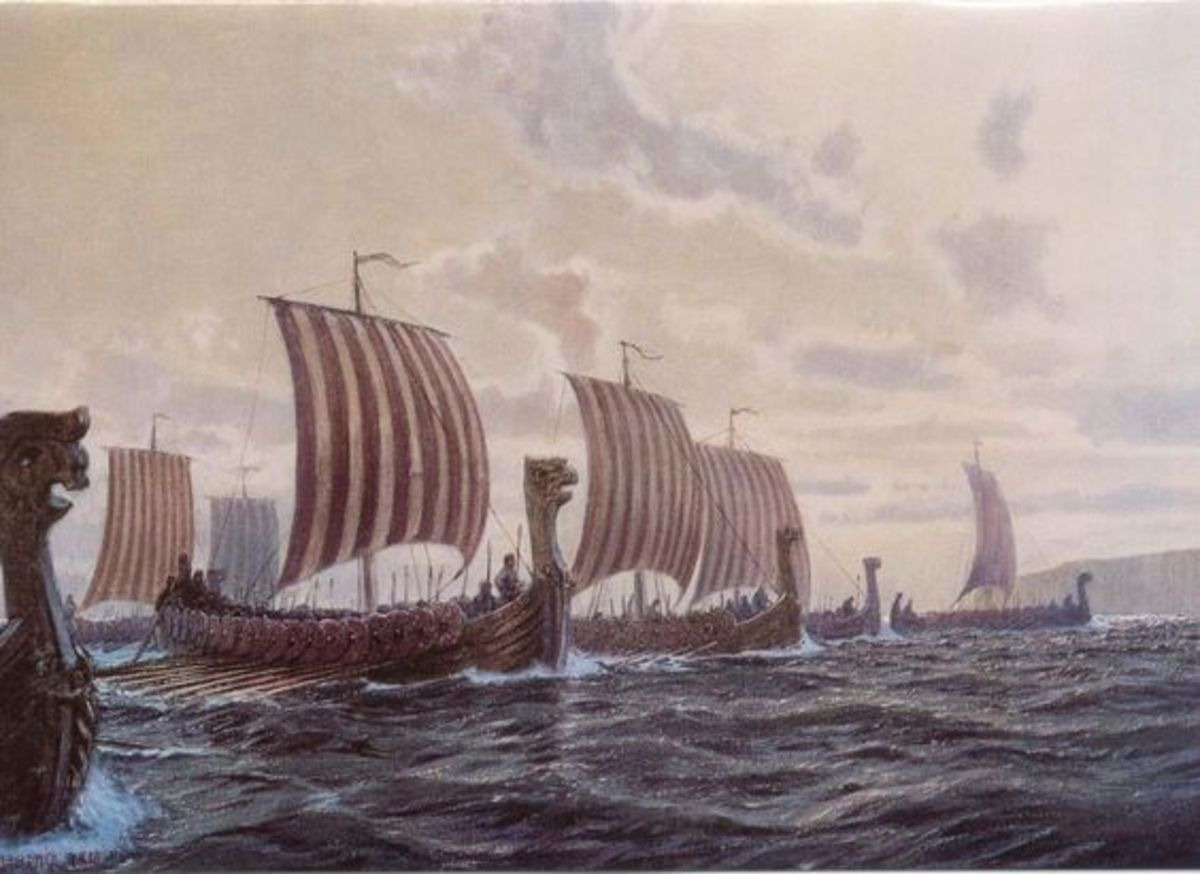- HubPages»
- Education and Science»
- History & Archaeology»
- History of Europe
The Viking Longships
The Longships
The Scandinavian ship builders of the post Roman world gave the Norse people the perfect vessel to navigate the volatile Baltic and North Sea. Their groundbreaking advancements in boat building would eventually open up the continent to greater trade, conflict, settlement and adventure.
The shipwrights used an intelligent boat design and superior construction, this meant that the Vikings of the early eighth century were able to spread their influence further away from their native homelands.
The longships were crafted using the basic tools of the Dark Age, but these vessels were by no means basic sea going vessels. Although they lacked the precision equipment of our modern times, the Scandinavian workers used their own estimates and an experienced eye for detail to gauge the measurements required for construction. These ship builders had to get the construction right or the consequences for the unsuspecting crew would be catastrophic.
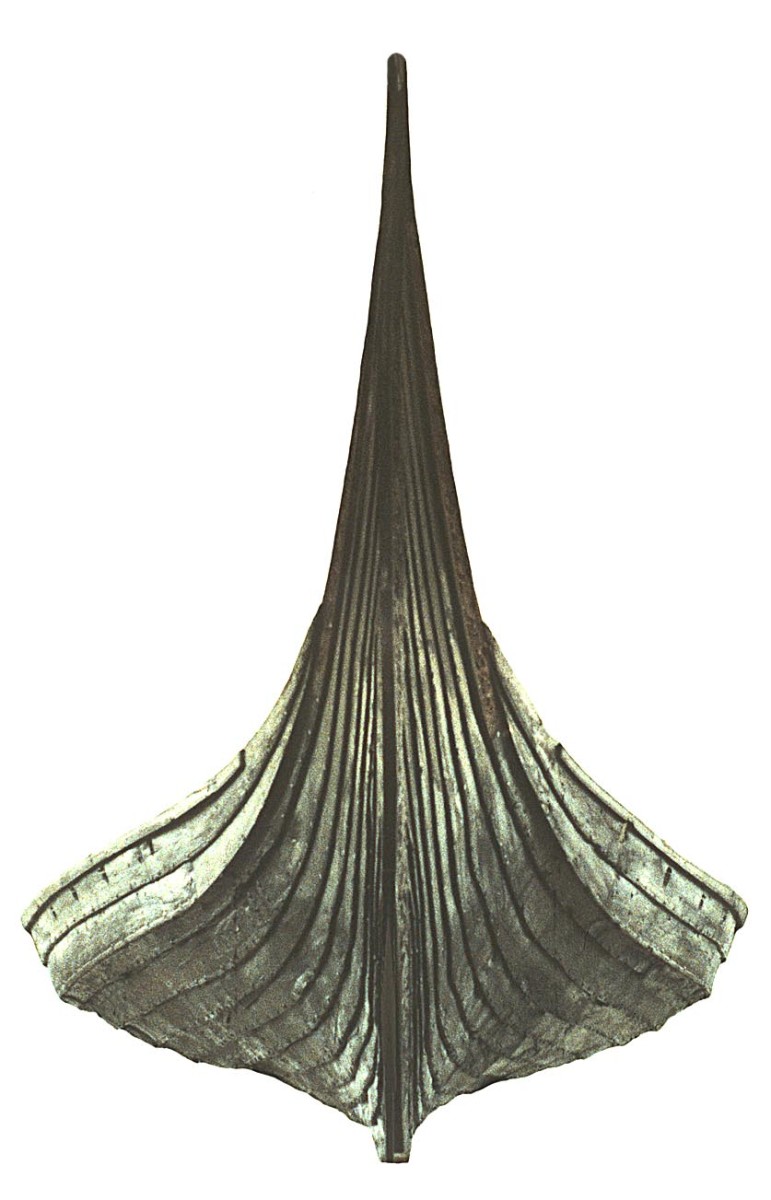
Viking Age Construction
Before the start of the Viking Age, the vessels of Europe were often as the mercy of the wicked seas and were often sunk in bad weather. The Viking shipbuilders introduced an oak keel to the longship, which gave the vessel added strength and flexibility.
The keel is a solid piece of wood which ran from the stem to the stern. The hull was made from overlapping planks, or strakes, which were often nailed together with reinforced iron. The deck was constructed from lighter wooden planks and pitch was often used to waterproof the vessel.
The wooden planks would have been quite cheap to use as the wood was fairly common in most of Scandinavia. The use of oak would have made the boat a bit more expensive to build as it has always been seen as a more exclusive hard wood.
To craft a fairly large sized long ship, would have taken several months to construct. A lot of the technical information of their skills were never written down, so it was vital that the master builders instructed their apprentices well.
The Longship in Action

Dragon Ships
The most famous type of longship is often known as the dragon ship, this was due to the carved image of a dragon's head on the stem of the vessel. To witness these highly decorated and large dragons emerging from the eerie mists of the water ways, must have scared the inhabitants to death.
In good conditions the dragon ships could travel over thirteen kilometres an hour. If the wind were to drop, then the Vikings could drop the sails and row the vessel using their manpower.
These longships were used to attack the religious settlements in the north of England and Scotland. The Danes could sail to attack the eastern coastal towns of Great Britain in as little as two days. The Viking longships had a shallow depth to them, this meant the boats were light and very flexible.
These Viking longships could navigate most rivers and waterways, they had little difficulty in making landfall as they were designed to be accessible.
Viking Longships Visited...
-
The British Isles.
-
Iceland.
-
Greenland.
-
Northern USA.
-
The Baltic States.
-
Russia
-
Canada.
-
Iceland
-
The Faroe Islands
-
Western Europe (France/Spain)
-
Eastern Europe (Greece/Turkey)
-
North Africa
When the wind level dropped the vessel could be powered by up to thirty six crew with oars in hand. The Vikings would have sat on the chests that held their personal possessions. To keep the longship moving in harsh conditions the Vikings on board had to row constantly and bail out any sea water that accumulated in the shallow hull. If the sea water was left in the hull, it could cause the longship to sink.
There is some evidence to suggest that the Vikings used to carry live birds on their vessels, so that dry land could be found. It is agreed by most, that the Vikings used the Polaris star to help navigate over considerable distances and that they preferred to keep the coastline in view when travelling around more familiar locations.
Other Related Articles
- Ireland and the Viking's Influence.
Ireland owes much to the peoples of the north of Europe. These Viking invaders help found Ireland's cities and increased trade across the British Isles. - The Vikings in North America.
The first European peoples to discover North America were the Vikings. They beat Columbus by nearly 500 years. They left a small amount of evidence in North America, but could they have visited more of North America than we first thought? - Weapons of the Viking Age.
The Vikings used their weapons to defeat their enemies, and increase their wealth. This hub looks at Viking armour, transportation and weaponry. The weaponry the Viking's used added to their legend.
This content is accurate and true to the best of the author’s knowledge and is not meant to substitute for formal and individualized advice from a qualified professional.
© 2013 Andrew Stewart
